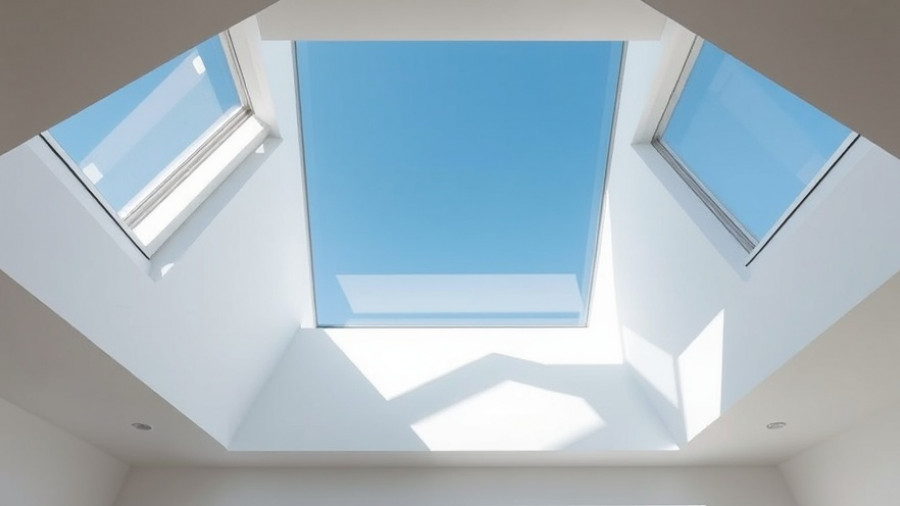
Understanding Leasehold Properties: A Quick Overview
Before diving into the responsibilities regarding the roof in leasehold flats, it's pivotal to grasp the leasehold concept itself. Leasehold properties allow individuals to inhabit a flat for a specific length of time—usually ranging from 99 to 125 years—while the freeholder retains ownership of the building and land. This unique arrangement crucially affects property maintenance responsibilities.
Who Bears the Roof Responsibility?
The roof is often categorized as a 'common part' of a building, which means its upkeep generally falls to the freeholder. However, leaseholders can have obligations for repairs based on the terms outlined in their lease agreement. For example, if your lease stipulates contributions to maintenance costs, such as those associated with the roof, you may find yourself responsible for a portion of the repair bill.
Curiously, if your lease fails to mention roof repairs specifically, you might be off the hook. This serves as a gentle reminder to read your lease provisions carefully. Additionally, any substantial work usually mandates a Section 20 consultation under the Landlord and Tenant Act 1985, ensuring that leaseholders are informed about major repairs and have a say in the choice of contractors.
Knowing Your Responsibilities as a Leaseholder
As a leaseholder, your responsibilities primarily revolve around the internal parts of your flat. This includes the plumbing, wiring, and general decoration of your home. Comparatively, the freeholder handles essential structures, such as the roof and external walls. Here’s a breakdown:
- Leaseholder Responsibilities: Internal repairs, plumbing, decorations, and appliances.
- Freeholder Responsibilities: Structural repairs, roof maintenance, and communal areas.
When to Report Roof Issues to Your Freeholder
If you notice a roof issue, address it promptly. Document the problem, detailing its location, nature, and urgency, and send this to your freeholder as soon as possible. It’s crucial to keep a copy for your records. Should they agree to the repairs, they are required to follow the lease’s guidelines and adhere to relevant legal obligations, ensuring transparency during repairs.
The Human Element: Community Support and Local Initiatives
Emphasizing community engagement is vital, especially in urban settings like London. Neighbors can often collectively decide on how to handle repairs, creating a shared responsibility scenario that not only fosters relationships but also engages the community in caring for their environment. Local home improvement groups and community platforms can aid in discussing and tackling such issues cooperatively, diminishing individual burdens.
Future Trends: Towards Sustainable Living in Leasehold Flats
With sustainability becoming a growing focus, leaseholders should consider how maintenance engages with eco-friendly practices. As demand becomes stronger for sustainable materials and solutions, leaseholders could spearhead initiatives to incorporate greener roofing options, effectively combining home responsibility with environmental care.
A Final Note for Young Homeowners
Knowing your rights and responsibilities in maintaining your leasehold flat can save you time, stress, and potentially money. As a young homeowner, being proactive in understanding your lease will empower you in dealing with any structural issues related to your property, like the roof. Always seek clarity on your lease’s specifics and engage with your local community to navigate these responsibilities collectively.
 Add Row
Add Row  Add
Add 




Write A Comment